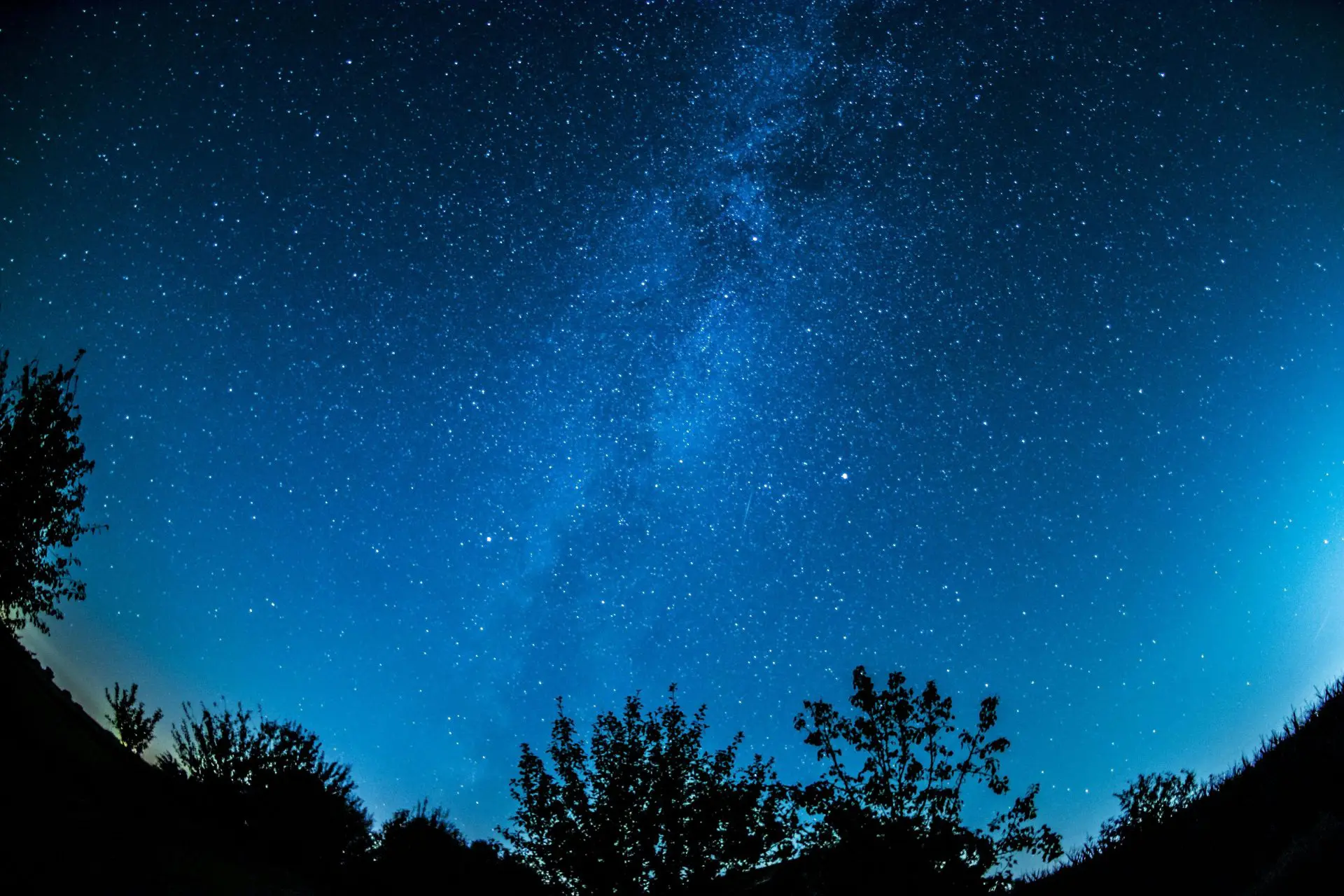Germanic Sacred Sites: Mythological Landscapes

Looking for more amazing products? Check out our online store and explore our collection here! Happy shopping!
Before diving in, please note: This post is for informational purposes only. If you’d like to know more about how we approach topics, feel free to check out our friendly Disclaimer Page.
Hey there, amazing readers! 
We’re committed to delivering quality posts, and your support (even just sticking around despite the ads) means everything to us. So, bear with us, and thanks for helping us keep the good vibes rolling. Now, on to the fun stuff!
TRANSLATE BUTTON AT THE END OF THE ARTICLE
A Quick Overview
Germanic sacred sites hold a special place in the hearts of those who follow Germanic mythology and folklore.
These sites are steeped in history, tradition, and ancient beliefs that have been passed down through generations.
From towering mountains to serene forests, each location holds its own unique significance in the Germanic culture.
In this article, we will delve into the world of Germanic sacred sites, exploring their historical background, importance in ancient culture, common characteristics, rituals and practices, as well as their role in modern society.
We will also discuss preservation efforts, popular sacred sites around the world, controversies surrounding these sites, and the challenges and opportunities they face in the future.
Introduction to Germanic Sacred Sites
Germanic sacred sites are locations that hold religious or spiritual significance in Germanic mythology and folklore.
These sites are often natural landscapes such as mountains, forests, rivers, or caves, where ancient Germanic tribes believed the gods and spirits dwelled.
They were places of worship, where rituals and ceremonies were conducted to honor the deities and seek their favor.
Germanic sacred sites are not only places of religious significance but also serve as cultural landmarks that connect people to their ancestral heritage.
Historical Background of Mythological Landscapes
The history of Germanic sacred sites dates back to pre-Christian times when Germanic tribes inhabited Northern Europe.
These sites were integral to the religious practices of the Germanic people, who believed in a pantheon of gods and goddesses that governed various aspects of nature and human life.
The sacred sites were seen as portals to the divine realm, where mortals could communicate with the gods and seek their guidance and protection.
With the spread of Christianity in the region, many of these sacred sites were either destroyed or repurposed for Christian worship, but their significance in Germanic culture still remains.
Importance of Germanic Sacred Sites in Ancient Culture
Germanic sacred sites held immense importance in ancient Germanic culture, serving as centers of religious, social, and political activities.
These sites were where ceremonies, festivals, and sacrifices were conducted to honor the gods and ensure the prosperity and well-being of the community.
They were also places of pilgrimage, where people from different tribes would gather to pay their respects to the deities and seek divine intervention in times of need.
The sacred sites were closely intertwined with the daily lives of the Germanic people, shaping their beliefs, values, and traditions.
Common Characteristics of Germanic Sacred Sites
Germanic sacred sites share several common characteristics that set them apart from ordinary landscapes.
These sites are often located in remote or isolated areas, away from the hustle and bustle of human settlements, to create a sense of sanctity and connection to nature.
They are also marked by natural features such as rock formations, bodies of water, or ancient trees, which are believed to be inhabited by spirits or deities.
Many Germanic sacred sites have archaeological remains such as stone circles, burial mounds, or ritual structures that reflect the religious practices of the ancient Germanic people.
Significance of Mythological Landscapes in Germanic Religion
Mythological landscapes play a crucial role in Germanic religion, as they are believed to be the dwelling places of the gods and spirits.
These landscapes serve as sacred spaces where the natural world intersects with the divine, creating a bridge between the mortal realm and the realm of the gods.
Germanic mythology is deeply rooted in the land and its features, with mountains, rivers, and forests often personified as deities or inhabited by supernatural beings.
The mythological landscapes serve as a backdrop for the myths, legends, and sagas that form the foundation of Germanic religious beliefs.
Role of Germanic Sacred Sites in Modern Society
In modern society, Germanic sacred sites continue to hold significance for those who follow Germanic spirituality and folklore.
These sites are places of pilgrimage, where people come to connect with their ancestral roots, honor the gods, and participate in rituals and ceremonies.
They also serve as cultural landmarks that attract tourists, scholars, and artists interested in Germanic history and mythology.
Many sacred sites have been preserved and protected as heritage sites, ensuring that future generations can continue to appreciate their religious and cultural significance.
Preservation and Conservation Efforts for Sacred Sites
Preservation and conservation efforts are essential to ensure the survival of Germanic sacred sites for future generations.
Many of these sites are located in remote or environmentally sensitive areas, making them vulnerable to human activities, natural disasters, and climate change.
Organizations dedicated to the preservation of cultural heritage work tirelessly to protect sacred sites from destruction, vandalism, and encroachment.
Conservation measures such as site monitoring, archaeological surveys, and visitor management help to safeguard the integrity and authenticity of these ancient landscapes.
Popular Germanic Sacred Sites Around the World
There are numerous Germanic sacred sites around the world that hold significance for followers of Germanic mythology and folklore.
Some of the most popular sites include:
Externsteine in Germany – a rock formation that is believed to have served as a place of worship for ancient Germanic tribes.
Gamla Uppsala in Sweden – an ancient burial site and religious center associated with the Norse god Odin.
Stonehenge in England – although not strictly Germanic, Stonehenge has connections to Germanic peoples and is a site of spiritual significance for many.
Eyrarland Statue in Iceland – a sacred site dedicated to the Norse goddess Freyja, located in a scenic coastal area.
These sites attract thousands of visitors each year, who come to explore their mystical beauty and learn about their cultural and religious significance.
Rituals and Practices at Germanic Sacred Sites
Rituals and practices at Germanic sacred sites vary depending on the specific site and the traditions of the people who worship there.
Common rituals include offerings of food, drink, and other items to the gods, prayers for blessings and protection, and ceremonies to mark important events such as solstices and equinoxes.
Some sites are also used for divination, healing, and spiritual guidance, with practitioners seeking insights and answers from the divine realm.
The rituals and practices at Germanic sacred sites serve to strengthen the bond between humans and the gods, fostering a sense of unity and reverence for the natural world.
Influence of Germanic Sacred Sites on Art and Literature
Germanic sacred sites have long been a source of inspiration for artists, writers, and musicians seeking to capture the mystique and beauty of these ancient landscapes.
The rich symbolism, mythology, and history associated with these sites have found expression in various art forms, from paintings and sculptures to poems and novels.
Artists often depict Germanic sacred sites as places of wonder, magic, and spiritual power, imbuing their work with a sense of the divine and the mystical.
Likewise, writers and poets draw upon the imagery and themes of these sites to create compelling narratives that explore the connection between humans and the natural world.
Controversies Surrounding Germanic Sacred Sites
Despite their cultural and historical significance, Germanic sacred sites are not immune to controversies and conflicts.
Some sites have been subject to disputes over ownership, access, and development, with local communities, religious groups, and government authorities clashing over how these sites should be preserved and managed.
Additionally, the rise of neo-pagan and New Age movements has led to debates over the authenticity and appropriation of Germanic beliefs and practices, with some critics accusing enthusiasts of romanticizing or distorting the traditions of the ancient Germanic peoples.
These controversies highlight the complex interplay between heritage, spirituality, and modernity in the preservation of sacred sites.
Future of Germanic Sacred Sites: Challenges and Opportunities
The future of Germanic sacred sites faces both challenges and opportunities in the modern world.
Climate change, urbanization, tourism, and cultural appropriation pose threats to the integrity and authenticity of these ancient landscapes, putting pressure on conservation efforts and community engagement.
At the same time, increased awareness and appreciation for cultural heritage, indigenous rights, and environmental sustainability provide opportunities to protect and promote Germanic sacred sites for future generations.
By fostering dialogue, collaboration, and stewardship among stakeholders, we can ensure that these sacred sites continue to inspire, educate, and enrich our understanding of the past and our connection to the land.
Conclusion
Germanic sacred sites are more than just physical landscapes – they are repositories of history, culture, and spirituality that connect us to our ancestors and the natural world.
By understanding the significance of these sites in ancient culture, appreciating their common characteristics, and recognizing their role in modern society, we can ensure their preservation and conservation for future generations.
Despite the controversies and challenges they face, Germanic sacred sites continue to inspire awe, wonder, and reverence in those who seek to explore their mythological landscapes and rituals.
As we look to the future, let us embrace the opportunities to protect and promote these sacred sites, honoring the traditions and beliefs of the ancient Germanic peoples.

The Enlightenment Journey is a remarkable collection of writings authored by a distinguished group of experts in the fields of spirituality, new age, and esoteric knowledge.
This anthology features a diverse assembly of well-experienced authors who bring their profound insights and credible perspectives to the forefront.
Each contributor possesses a wealth of knowledge and wisdom, making them authorities in their respective domains.
Together, they offer readers a transformative journey into the realms of spiritual growth, self-discovery, and esoteric enlightenment.
The Enlightenment Journey is a testament to the collective expertise of these luminaries, providing readers with a rich tapestry of ideas and information to illuminate their spiritual path.
Our Diverse Expertise
While our primary focus is on spirituality and esotericism, we are equally passionate about exploring a wide range of other topics and niches 

To ensure we provide the most accurate and valuable insights, we collaborate with trusted experts in their respective domains 
Our blog originally focused on spirituality and metaphysics, but we’ve since expanded to cover a wide range of niches. Don’t worry—we continue to publish a lot of articles on spirituality! Frequently visit our blog to explore our diverse content and stay tuned for more insightful reads.
Hey there, amazing reader! 
Check out our store here and take a peek at some of our featured products below! Thanks for being awesome!












